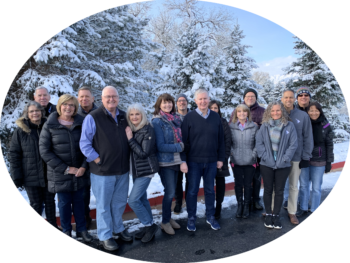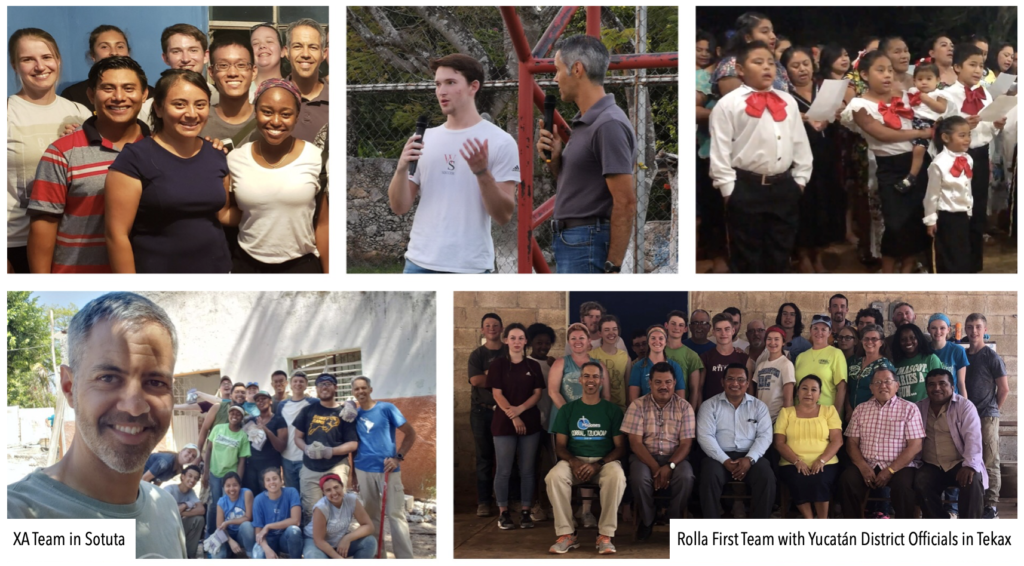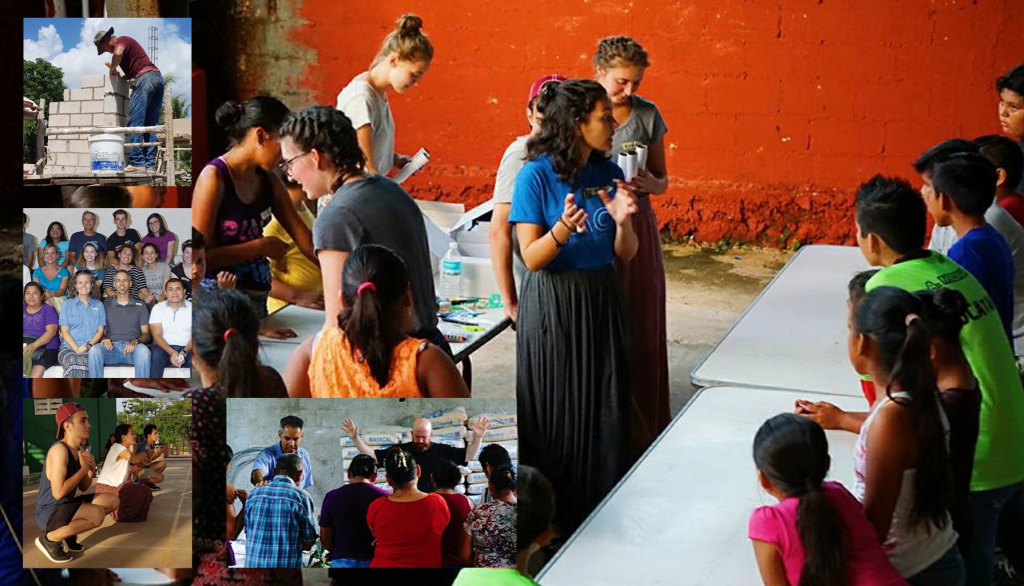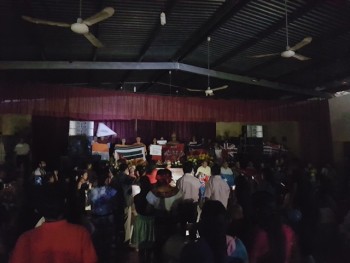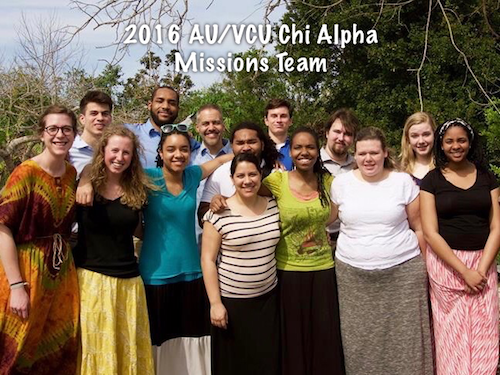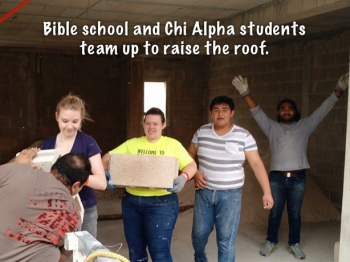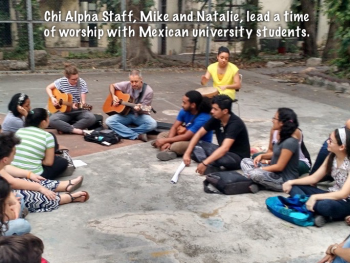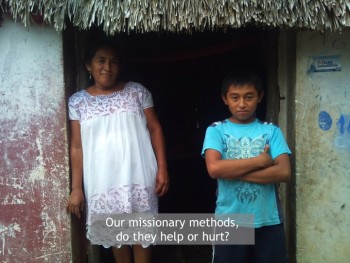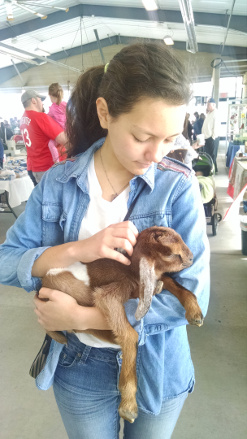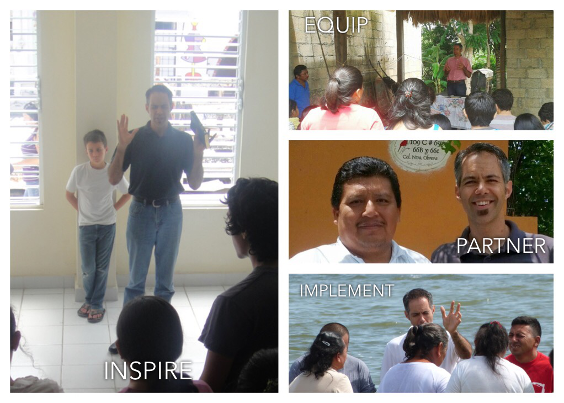“God has been dealing with me about missions, but I’m not sure what to do next.”Â
“My heart was broken for Latin America on a missions trip I took last summer. How can I make a difference?”
Those statements were just a sampling of the dozens of conversations that we had with college students who had gathered in Greenville, South Carolina at the Chi Alpha South East SALT Conference to ring in the New Year with renewed commitments to relationship with Christ and his mission to redeem the world. We traveled there, following our Christmas vacation in Pennsylvania, to engage with the 400+ in attendance from a variety of campuses, helping them connect the dots from their college days to a possible missions career. While conversation was key, we also teamed up with fellow missionaries Josh Sears (Brazil) and Doug Sayers (LAC Advocacy) to show the almost 200 leaders in attendance the multiple ways that their groups could partner with missionaries in the region on a short-term or ongoing basis through trips and internships.
What’s even more exciting, however, is knowing that it has never been easier to take the next step into missions. During our time in Greenville, we were able to familiarize ourselves with the Latin America Caribbean website, lacworldmissions.org. Not only are there ways to commit to pray for the ministry that is taking place throughout our region or give in its support, there is also the option to begin the process of joining with us by responding to one of multiple ministry opportunities.
But don’t take our word for it. Why not head there yourself and begin taking your own next step?





